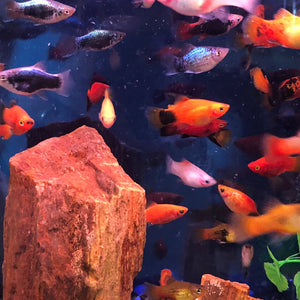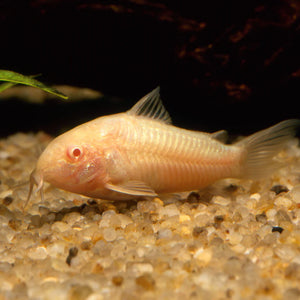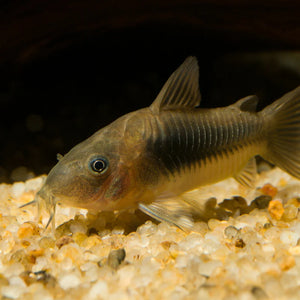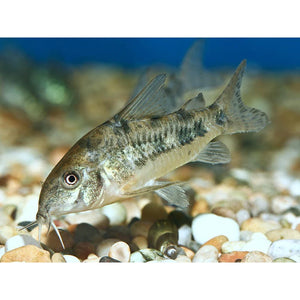About Cherry Barb's
The Cherry Barb also known as Puntius Titteya is a species of Tropical Freshwater fish. Belonging to the Cyprinidae family.
Originating in Sri Lanka.
Features.
Approx. Size; 1.5-2"/3.8-5cm.
Origin; Sri Lanka
Family; Cyprinidae Family
Temperament; Peaceful.
Lighting; Low to Moderate.
Water Condition.
Ideal PH; 6-7.5.
Ideal Temperature; 23-27°C.
Ideal Waterflow; Moderate.
Ease of Care;
Cherry Barbs are very easy to look after due to being peaceful. They can also tolerate water changes and also are not very prone to getting any diseases which helps beginners.
Diet.
Cherry Barbs are Omnivorous which means they like more live food like tiny shrimp and plant matter, but you can also use Tropical Flake Food these are all good for different nutriments which also help with the lifespan.
Compatibility.
The best tankmates to have for Cherry Barbs is Neon Tetra's and Cardinal Tetras as these are schooling groups of fish which is good for them to get along. These types of fish also have a variety of colours which makes the tank look very colourful.
Breeding/Sex.
Cherry Barbs are easier to breed than other types of fish as they spawn qquite often. they will usually lay eggs on rocks, substrate but mostly on plants as they do like a well planted tank. the can lay around 200-300 eggs.
Its fairly simple to sex Cherry Barbs when you know what your looking for. Females will have a more round body shape as well as being much closer to white and a shimmering green. Where as males will also be a much darker shade of red during mating season.
Lifespan.
On average Cherry Barbs will live around 4 years. However if maintained and looked after correctly they can live a maximum of 7 years.





